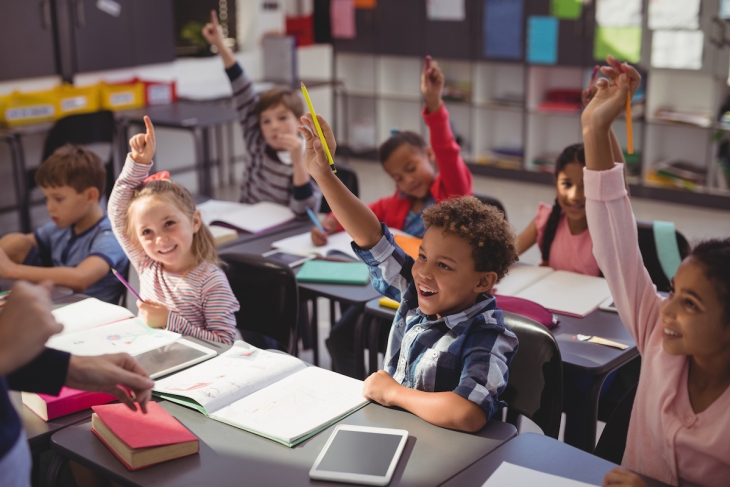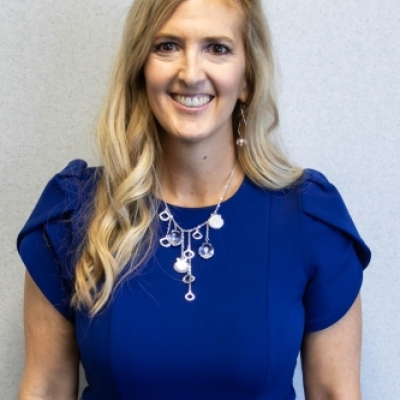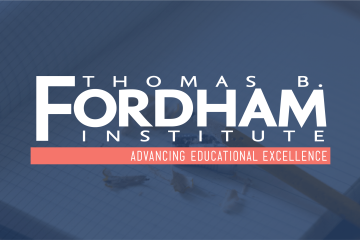Gifted education has been a much-debated issue this year, but often in the most general sense only. In fact, specifics of what constitutes gifted educational programming and how students served by it fare over time are difficult to come by. A recent working paper from CALDER provides some much-needed detail on what gifted students actually experience in their schools.
Analysts use administrative data from nearly 300 districts across Washington State, annual district reporting on gifted programs, and a survey of gifted program coordinators to assess how participation in gifted education changes the classroom resources available to those learners. The category “resources” here includes access to advanced or accelerated courses, ability grouping, and other features of the classroom environment, such as teacher quality and class size. The analysts use data for K–12 students from the 2016–17 to 2018–19 school years. They use regression adjusted and student fixed effects models to compare access to this broad array of resources for gifted kids relative to their high-achieving peers in the same district, grade, and school year who, for whatever reason, were not themselves identified as gifted.
The analysts find that participation in a gifted program changes various aspects of students’ educational environment: their classroom peers score about 0.21 to 0.25 standard deviations higher on standardized tests and are 25 to 28 percentage points more likely to be gifted students themselves; they are more likely to take honors, dual credit, and other advanced courses; and their teachers tend to have better qualifications, such as experience and licensure scores. On the other hand, the relationship between gifted status and class size or teacher value added is weaker, and varies across grade levels. For instance, gifted kids are exposed to more effective teachers as measured by value added in elementary school but not middle school. Yet these mean effects of gifted programs on learning environments for the typical student mask considerable differences across districts and programs.
Those differences across districts explain why researchers to date have found considerable heterogeneity in the effects of gifted programs on student learning outcomes. The CALDER study finds that, while gifted participation changes the educational environment for the average student in the state, the median school district program effect is near zero. This outcome is driven by a pattern of large school districts, high-income districts, and urban and suburban districts having programs with significantly larger effects on learning environments—many of which run large, self-contained programs. In smaller, rural school districts, gifted students tend to have educational environments similar to those of high-achieving, non-gifted students.
The analysts don’t find consistent disparities in access by student race and ethnicity, although they do find that Black and Hispanic students exit gifted programs at higher rates than similarly-high-achieving gifted White students. And although they find larger gifted program effects for some subgroups, it is again due to differences in districts, not differential effects on subgroups within districts.
They also examine differences in student learning environments across gifted program types, classifying gifted students into one of four categories based on where services are delivered—the regular classroom, full-time self-contained programs, supplemental programs outside the classroom, and acceleration-based programs. The paper includes a plethora of interesting descriptive data around these categories. Ninety percent of students, for example, are in districts that say they use “universal screening” for giftedness, but a footnote in the report reveals that there were multiple interpretations of that term and that 45 percent of districts say they use an unspecified “different assessment” or “weighting process” for low-income and under-represented students being tested. Moreover, one-third of identified students are in regular classrooms where independent study, supplemental instruction, and flexible grouping are the most commonly reported practices. Both acceleration and self-contained programs report less use of ability grouping than in mainstreamed classrooms, presumably because there are fewer ability differences in those settings. And self-contained gifted programs are most likely to employ “curricular compacting,” a practice where teachers replace material students already know with new content or enrichment options (which every teacher should likely be doing anyway), and that self-contained programs tend to have an even greater impact on access to high-achieving peers, teacher qualifications, and smaller class sizes.
While of limited use in terms of how best to serve gifted students, the CALDER report does provide a valuable look into the “black box” of programming for these students. The structure of programming likely matters a great deal in producing the desired outcomes of meeting kids where they are and providing them with accelerated work to maximize their academic growth. Starting with what exists and whittling down to what actually works seems like a reasonable path.
SOURCE: Benjamin Backes, James Cowan, and Dan Goldhaber, “What Makes for a ‘Gifted’ Education? Exploring How Participation in Gifted Programs Affects Students’ Learning Environments,” CALDER Working Papers (August 2021).




